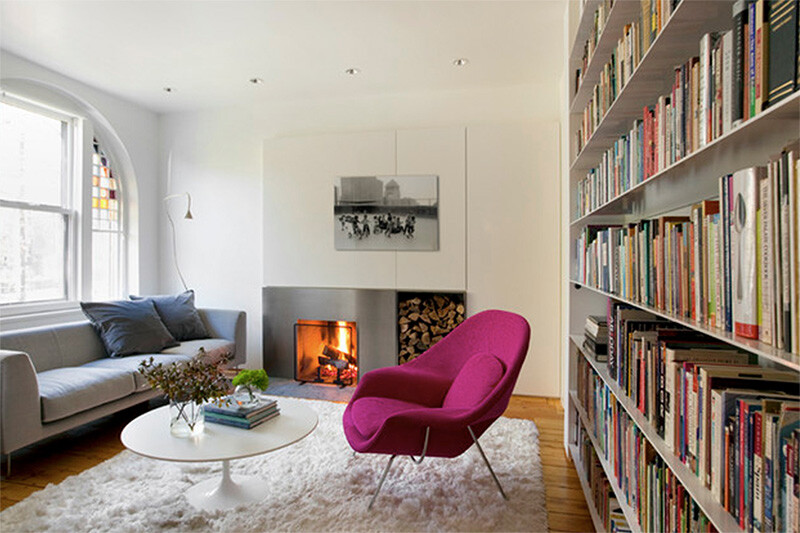Designer of the month - Eero Saarninen
Despite being criticised in his own time for having "no identifiable style", Eero Saarinen is now widely considered one of the most influential industrial designers of the 20th century. One explanation for the criticism is that Saarinen adapted his "neofuturistic" vision to each individual client and project, which were never exactly the same.
Born on August 22nd 1910, the Finnish-American architect and designer was the son of world-famous architect and Cranbrook Academy of Art director Eliel Saarinen and textile artist Loja Saarinen. Surrounded by design his entire life, Eero Saarinen studied sculpture in Paris before completing his architecture studies at Yale.
Saarinen returned to Michigan in 1934 to teach at Cranbrook, work on furniture designs, and practice architecture with his father. It was during this time at Cranbrook that the young Saarinen met Charles Eames who shared his commitment to the exploration of potential new materials and processes. The two men became close friends (Fun fact: Saarinen's third son was named 'Eames' after Charles Eames) and went on to collaborate on the 1940 award winning Moulded Plywood Chairs for Organic Design in Home Furnishings.
It was also at Cranbrook that Saarinen met his father's young protégé Florence Knoll. After joining Knoll the 1940s, Florence Knoll would invite Saarinen to come design at the company, starting a partnership that would last 15 years and cement Saarinen's design legacy. Some of his most recognisable designs from this period include the Tulip Chair, Saarinen Table and Womb Chair.
The Saarinen Table was created for the pedestal collection in which Eero Saarinen vowed to address the "ugly, confusing, unrestful world" he observed underneath chairs and tables -- the so-called "slum of legs." The tables are available in oval or round and come in a variety of sizes and finish options.
Though it epitomises 1960’s styling Eero Saarinen’s Tulip Chair was actually designed as a project between 1955 and 1957. The moulded aluminium base and fibreglass reinforced plastic shell completes its classic look.
The Womb Chair & Ottoman, designed by Eero Saarinen for Knoll, was the first piece of mass produced furniture with an integrated seat shell made of reinforced plastic. Saarinen developed the chair at Florence Knoll’s request as she really wanted something to curl up in.
Are you a fan of Eero Saarinen? You can shop his furniture collection online at Utility now.
-
All StoriesUtility Presents: Lamp Building Workshop with AnglepoiseRead More
In celebration of our 25th anniversary in the design industry, we continued our year-long events calendar with an immersive Lamp building workshop hosted by British design royalty Anglepoise. Reflecting a shared commitment to timeless design and enduring craftsmanship, we were...







